.png?w=1200)
The COVID-19 crisis has hit Sri Lanka’s already troubled economy — hard. On Monday (30 August), President Gotabaya Rajapaksa issued emergency regulations to help control prices of essential food items. While the move has come under criticism from the opposition, it is true that prices of essentials have in fact been on the rise.
To illustrate how this has impacted the lives of everyday Sri Lankans, we compared the changes in prices of some of the items found in an average lunch packet, between August 2020 and August 2021.

Going by the 2016 Household Income Expenditure Survey (the latest available data by the Department of Census and Statistics), we chose the items that best reflect what Sri Lankans consume for their lunch. For weekly prices, we referred to the department’s Open Market Retail Price list.
The sharp rise in prices of essential items resulted in long queues forming outside stores (despite ongoing travel restrictions) amid shortages in milk powder, kerosene oil, and cooking gas. In view of this, the government has taken a number of measures to combat the price hikes, such as by selling some essential items at a controlled price via Sathosa outlets.
Meanwhile, the recent emergency regulations prompted fears of a food shortage — which the government has refuted, maintaining that the regulations were issued to prevent the creation of “artificial shortages” via hoarding of supplies. State Minister of Money and Capital Markets and State Enterprise Reforms, Ajith Nivard Cabraal, tweeted: “Artificial shortage of #sugar created by unscrupulous hoarders already dealt with under the law.”

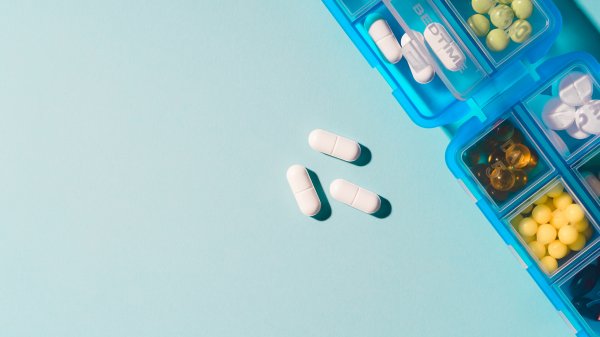
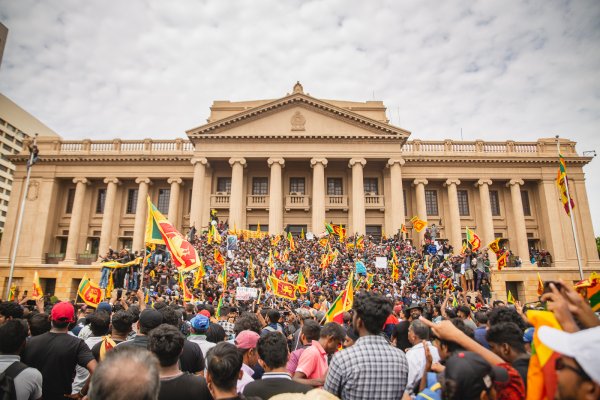
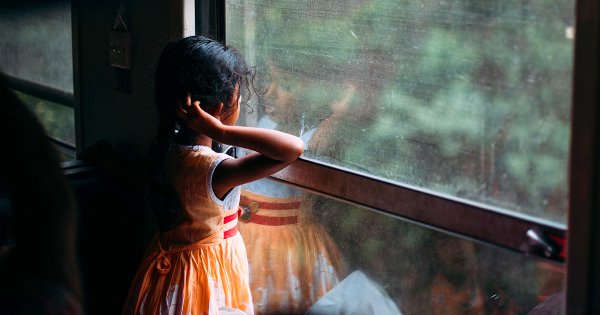

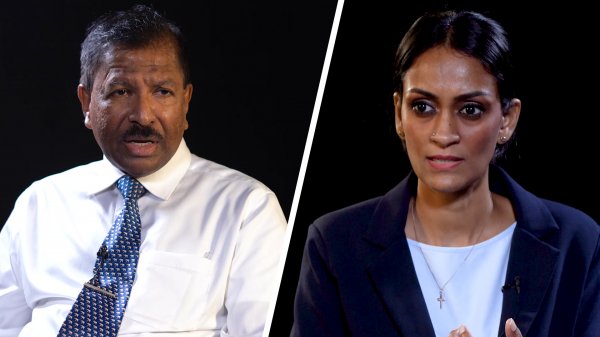
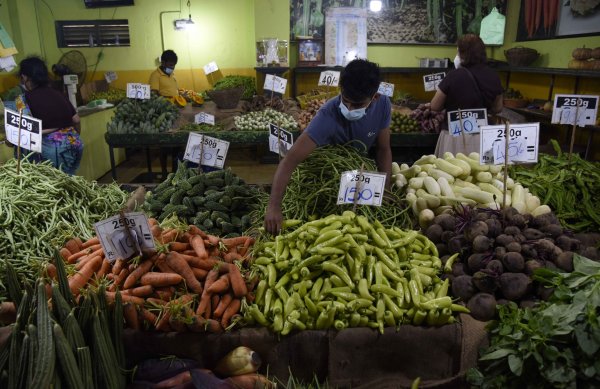
.png?w=600)